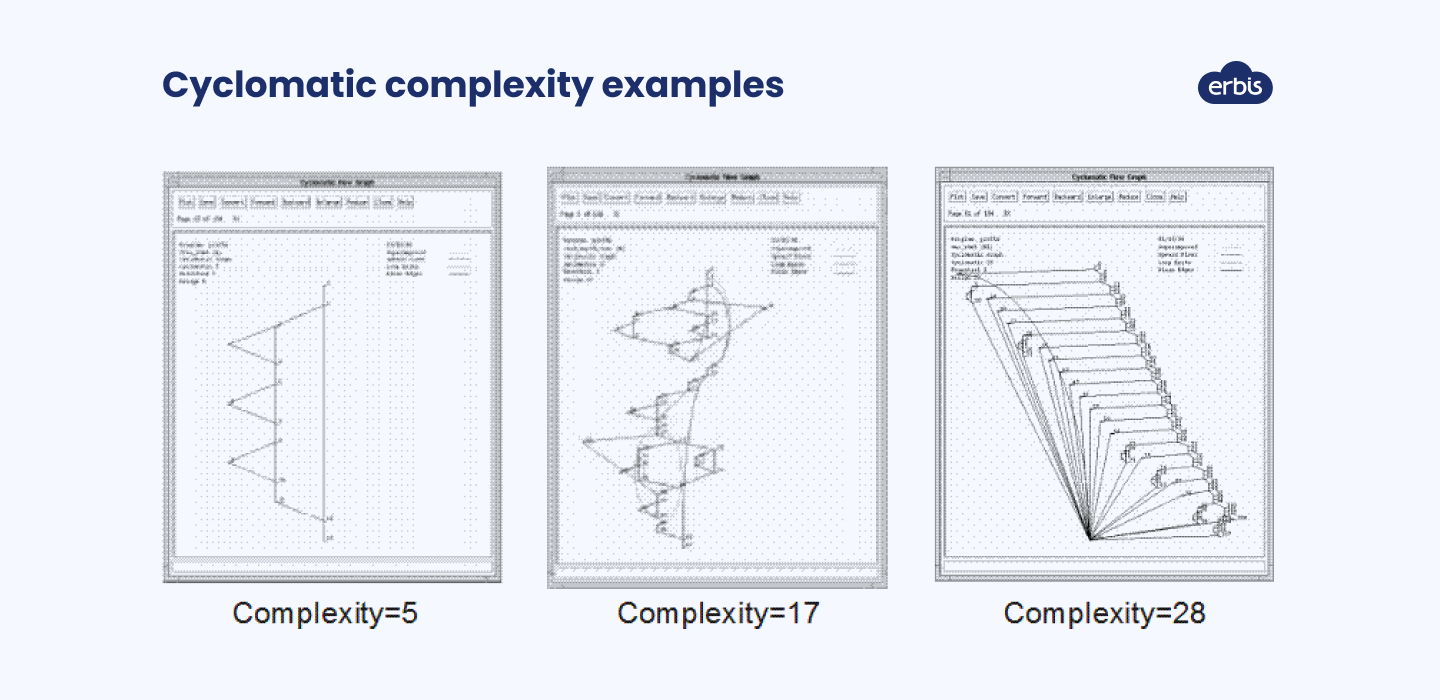How to Minimize Technical Debt in Software Development
Technical debt is the accumulation of shortcuts taken during software development in order to speed up the development process. While these shortcuts may be helpful in the short term, they often create more problems down the road. This is because they add complexity and make future modifications or updates more difficult and time-consuming.
Technical debt can have a serious impact on a company's bottom line. It can slow development, lead to lower-quality products, and even cause projects to fail.
CEOs and founders should be aware of technical debt and take steps to reduce it wherever possible. This post will provide handy tips for technical debt reduction.
Reasons for technical debt
There are many reasons why a company might take on tech debt, like rushing to get a product out the door, or not having the resources to complete the work properly. But whatever the reason, technical debt can quickly become a challenge. Therefore, it is important to identify the source of the problem and fix it in time.
Here are some of the main reasons why companies take on technical debt:
1. Pressure from management to release a product before it's ready
2. Lack of knowledge or experience on the part of developers
3. Trying to do too much with too few resources
4. Poor planning and organization
5. Inefficiency or lack of communication among team members
6. Lack of clear documentation
7. Not enough time to do things properly
According to Martin Fowler, one of the authors of the Manifesto for Agile Software Development, the above reasons lead to reckless, prudent, inadvertent, or deliberate actions of the team. Various combinations of these actions break down technical debt into four quadrants and explain why developers actually create tech debt.

Prudent and deliberate debt, also known as effective technical debt, occurs when small risks are at stake. The team makes a conscious decision to launch the product at a certain time and fix minor issues later.
Reckless and deliberate debt occurs when programmers know how to implement a product according to best practices, but choose a less efficient path for the sake of development time reduction.
Prudent and inadvertent debt happens when developers know that their current solution is not the best one but they cannot find a way to make it better. A more effective way of implementation is found after the product is already implemented.
Reckless and inadvertent debt is the most dangerous type of technical debt. It occurs as a result of work provided by a low-qualified team, which often does not understand their mistakes.
Why you should reduce technical debt
Being constantly in debt is expensive. Instead of working on new product features, the development team concentrates on fixing buggy functionality, improving non-efficient features, and working on other issues.
This situation leads not only to time and money loss but also to team demoralization. Developers soon get tired of working on cleanups, rather than new features. Their productivity and motivation go down, and they start looking for more exciting projects.
Considering this, you should do everything possible to reduce technical debt. That means running regular code reviews, using automated testing tools, and keeping your code base clean. By following these recommendations, you'll set up a smooth development process and avoid unnecessarily growing technical debt.
How to measure the impact of technical debt
Technical debt can slow development, increase development costs, and lead to lower-quality products. But how do you measure the impact of technical debt? And what tools can you use to help you get started?
It is worth noting that there is no common algorithm for measuring technical debt. You should select the tools and methods depending on your project specifics. However, there are several metrics to help you assess the level of technical debt. At Erbis, we widely use them in our software development projects.
Bug counts. You should calculate it with reference to time, people, or technology. The bug counts metric will help you determine when the most bugs appear, who is responsible for them, and what technologies are potentially inappropriate for your project.
Code churn. This shows how many lines of code were deleted or changed soon after adding to the code base. While modifying and deleting code is a normal thing during software development, too high code churn may indicate inefficient and time-consuming processes.

Number of defects per line of code (D/LoC). The industry average experience is 1-25 errors per 1000 lines of code. If your D/LoC is higher, you should consider changing your software development routine.
Cyclomatic complexity (CC). It is used to evaluate program complexity and shows how many parts of your code can work independently. High CC may indicate low modularity and too complex code base. As a result, you will have difficulties in maintaining and testing such code. For example, if you make changes to one part it will affect the whole system and you will need to check the code base rather than a single module. To reduce CC, you should break up the code base into easy-to-manage modules and simplify the code structure.

Project participants. Too many cooks spoil the broth. This saying is true for the software development process as well. When assembling a software development team, you should be clear of their responsibilities. You should also avoid multi-level management and have long-lasting relationships with the same developers throughout the project.
Strategies for reducing and managing technical debt
There are a few key strategies for reducing and managing technical debt:
Plan for technical debt from the beginning. That means setting aside time and resources for refactoring, bug fixes, and system updates. It also means establishing clear priorities and making smart decisions about your technology choices.

Document everything. This is essential for maintaining transparency and keeping everyone on the same page. Additionally, well-structured documentation can provide a record of past work, which can be useful for troubleshooting and future reference.
Automate your tests. Automated tests are a great way to catch bugs and avoid manual errors. They also help ensure that new code is compatible with the existing codebase and that changes don't break existing functionality.
Use version control. By recording each change made to a program and who made it, developers can more easily revert to an earlier version of the code if something goes wrong. This can be a life-saving measure in complex software projects with many contributors.
Run regular code reviews. This will help you identify potential issues earlier and fix them before they become bigger problems. Code reviews also help developers learn from each other, share knowledge, and improve overall team productivity.
Keep your code clean. This might seem like an obvious point, but it's worth repeating. Avoiding spaghetti code and other pasta-theory antipatterns will save you a lot of time and effort. When your code is clean and well-organized, you can easily spot areas where you have technical debt and fix those issues faster when they arise.
Be proactive about fixing the technical debt. Don’t wait until it becomes a problem to start addressing it. The sooner you fix the tech debt, the less of a burden it will be.
Which tools can help measure technical debt?
There's no one-size-fits-all solution when it comes to measuring technical debt. The best approach is to experiment with different tools until you find the ones that work best for you. Here are software solutions to pay attention to:
Bug tracking software. This helps testers and developers to fix and systematize bugs, using a specific software program. A bug tracking system is a single environment that contains all the information about the test coverage of the project.
Best bug tracking tools: Monday.com, SpiraTeam, BugHerd, Smartsheet, Jira
Code analysis tools. Such tools help evaluate the quality of code without actually executing code. They detect functional errors and other vulnerabilities and allow developers to eliminate them in time.
Best code analysis tools: SonarQube, Checkmarx SAST, Synopsis Coverity, Snyk Code.
Application performance monitoring tools. Such tools help developers ensure that software performs as expected. They can be used to test the whole software system or its specific parts such as network, database, containers, logs, etc.
Best application performance monitoring tools: Traceview, Dotcom-Monitor, eG Innovations, Datadog.
What to do after you’ve measured technical debt
Now that you’ve measured your technical debt, what should you do? First and foremost: determine who’s responsible. Identify the person or team who is most capable of addressing the technical debt and make sure they are aware of it.
Once you’ve identified the responsible team, have them create an actionable plan for managing the technical debt. The plan should include timelines, resources required (including budget), and ways to measure progress. This plan should be reviewed regularly to ensure that all milestones are being met and that progress is being made.
Finally, keep track of your progress in managing technical debt. Tracking progress helps provide accountability to those responsible for staying on track, as well as help inform future strategic decisions related to technical debt management.
Need help with managing technical debt?
Technical debt occurs when you take shortcuts in your development process in order to speed things up. While this can be tempting, it often leads to later problems.
The best way to avoid technical debt is to carefully plan your development process and hire a qualified development team.
At Erbis, we have 10+ years of software development experience. We work with different industries and platforms, undertake long-term and short-term projects, and propose technologies that keep pace with clients’ needs.
Our team also has strong expertise in handling and upgrading legacy projects. So, whether you need to develop a software product from scratch or modernize an existing codebase, don't hesitate to get in touch.













